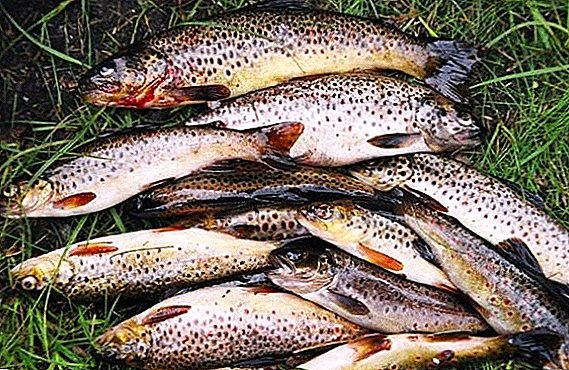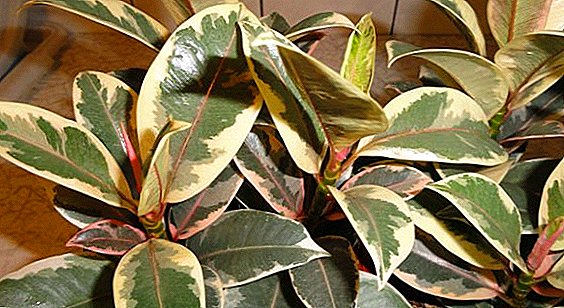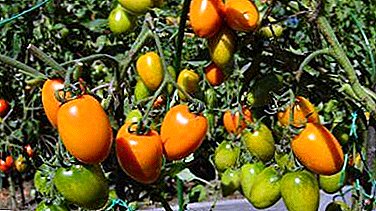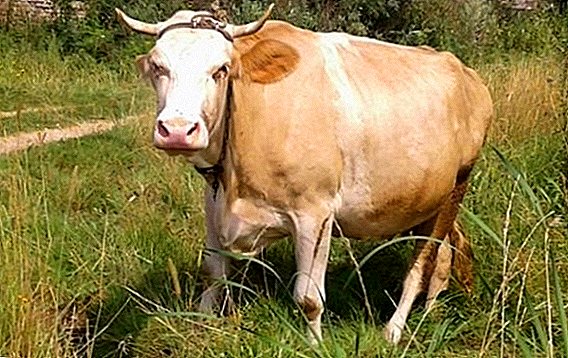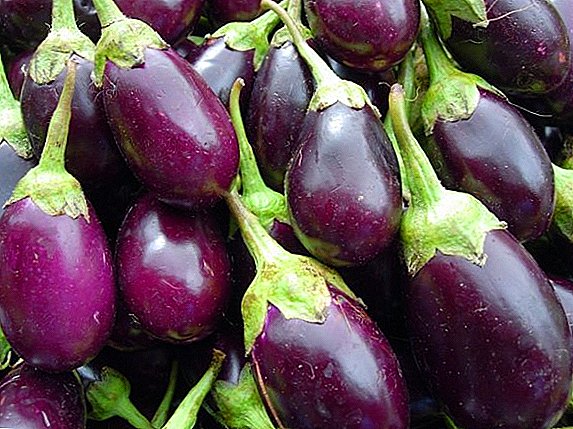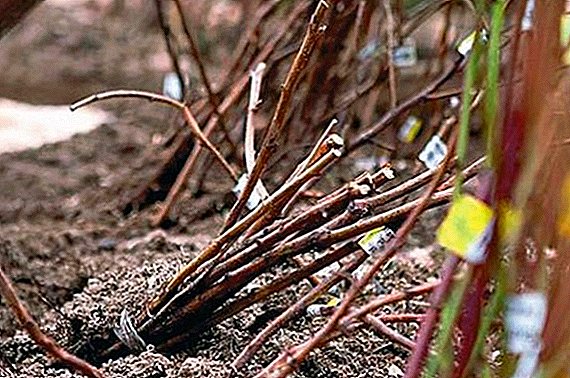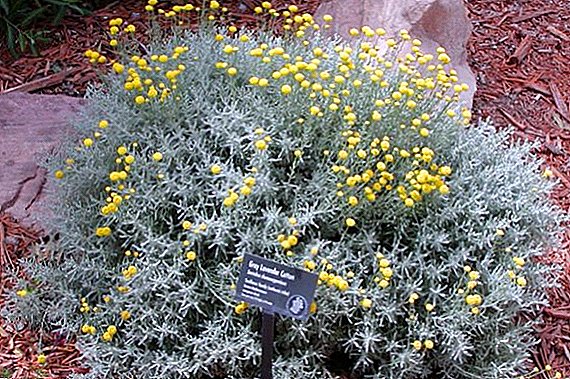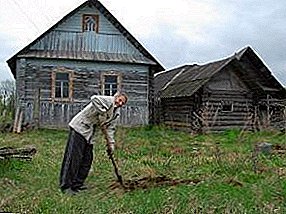
What dig holes? Pits dig round, 1-1.5 m in diameter; the depth of the pits for apple trees is 50 cm, for pears -70 cm, because they have roots go deeper. It is enough such size of holes; if you do more, you would have to bring a lot of land from the side of the bad land. Better after, when the trees grow, to fertilize them well and loosen the ground.
Please note: this article is based on pre-revolutionary councils for farmers. Some data and techniques could become outdated.
Pits dig with sheer walls; In my opinion, this is wrong. If we carefully dig up a tree, we would see that the roots on top go much wider than below. So, digging up steep holes is only doing yourself extra work, it’s more profitable to do sideways.
The upper good ground is folded on one side of the ditch, and the lower, unrenable, on the other. In the northern provinces it often happens that naked sand or podzol lies below; such a subsoil will have to be scattered around or taken away; and instead prepare better land. If time is short, you can remove the top layer immediately next to fill the pit. It also happens that the bottom layer is clay; such land can again be taken to fill trees, only since the fall to fertilize properly with rotted manure; from fresh manure can rot the roots.
The best time for planting fruit trees in the spring. First, cherries and plums, because they bloom earlier, and after apple and pear. True, in the spring there is a lot of work without that, - because the garden is not planted every year. In the autumn it is dangerous to plant in our places; until the trees are sent, you see, the frosts have already begun, there is no time for the tree to settle down. If young additives are grown anywhere nearby, you can buy them in spring and plant them right away.
In case of emergency, planting fruit trees in summer is permissible (preferably closer to the beginning of summer). Planting garden trees in the fall in central Russia is dangerous due to near frosts.
Prikopka trees
The resulting trees are untied, sprayed with water and left to lie for a day or two, and at this time they are preparing a ditch for digging them. This is done like this: in a dry place, a 70 cm deep groove is pulled out; the ground is rolled to one side only. Trees are tilted to this side and covered with earth; so that the mice do not damage them, they put needles under the trees and also on top of the trees. The crowns (as all branches of the tree are called) are tied with needles or something else so that hares or mice do not nibble.
If the land in the chosen place is bad, it would be good to fertilize it with ashes and bone meal: after all, the ground is laid down in the pit, which should feed the tree for many, many years. It is enough to pour and mix 6-9 kg of ash and 3-4 kg of bone meal on each tree.
Which tree is better to plant? The trees should be planted no older than 3 years. Others think that the older they plant a tree, the sooner it will give fruit. No, more often it is the other way around, and this is understandable. The older the tree, the more roots it has, and when planting and digging, they maim more strongly. Younger trees and get accustomed as soon as possible, and that later - and will gruel up and grunt.
Before planting, pits of land are filled up a little more than on a floor, with a mound. Before filling the ground in the middle of the pit, they drive a meter in 2 lengths; to him we will tie the planted tree. If he had been driven into the bulk earth, the wind would have vividly loosened up both the tree and the stake.
Planting fruit trees
The tree should be planted, firstly, just in the middle of the pit, and, secondly, not at all deeper than how it had been before. Many trees disappear only because they were planted deeper than necessary. For proper planting, prepare a stick with a notch in the middle and with two bars, 8 cm thick at the edges. These bars are nailed across the stick so that they can be put on a stick through a hole, and the notch would fall just in the middle of the hole.
These bars are needed for this: you need to plant a tree so that the root neck is just at the notch. So, the tree will be planted above the ground by 10 cm (the thickness of the bars). When the earth settles, the tree will fall and be at the real depth; if we planted it just in a level with the edges of the pit, it would, together with the earth, sink and sit like in a pit.
When everything is prepared for planting, in some wide crockery (in a crossing or a strong box) clay is melted with cow's faeces. This solution is made thinner so as not to blind the small roots. The trees are laid near this dish; the roots are covered with wet mattings, so that they would not faint while they are planted. One tree is taken out from under the matting, the root cuts are refreshed with a sharp knife. It is done this way. Thick roots when digging are often damaged, and they are still cut there. Until the trees reach the place, these cuts will dry up and may rot in the ground; that is why they are being refreshed with a knife. Such a fresh cut in the ground will vividly swim and there will be no harm to the tree.
After refreshing the cuts, the tree is dipped into the prepared solution and put into the planting holes. It is necessary to plant together, to do nothing to one. The tree is set on a mound, so that its root neck is in place of a notch on a stick. The roots neatly straightened in all directions; if the mound is not high enough, sprinkle the earth.
When the roots are laid out, one of the planters holds a tree, and the other begins to sprinkle them with earth. All the time, while the tree is falling asleep, it should be slightly shaken so that the earth lies more closely to the roots. They try to plant so that the stake falls on the noon side, then the sun will not glow so hard on the tree. When planting is over, the tree is tied to the stake. Bind the tree must be free, so that it could fall along with the draft of the earth. Under the bast of the tree they wrap with bark or something else so that the tree does not rub against the stake, tied in the form of a figure eight. In the first loop is placed a shtambik of a tree, and in the second - a stake. Now, after planting, each tree is watered with 2-3 buckets of water in order to properly settle the ground around the roots. When the earth settles, it is raked with a hole so that rainwater does not slide away.
Pruning
After planting fruit trees they are pruned. This is done for this reason: the roots of the trees are cut off, therefore, the juice goes up less. And there were as many branches on the tree as there were before cutting the roots: there may not be enough juice for all of them. So you need to shorten the branches, so that none of them are dry. After each branch, one should leave after trimming about a third or a fourth part, except for the middle one, which is a growth one, which should be the longest.
When pruning, you need to look to the side branches were almost the same length. On each of them after such trimming there should be no more than 5-6 eyes, and on an average height of 8-10 eyes. It is necessary to cut branches at the very eye, not too obliquely, and so that the peephole would look not inside the crown, but outwards.
Plums and cherries. For plums and cherries the distance can be given in 4 m; for cherries even at 4.5 m. Pits for these trees are dug 0.7-1 m across: on good ground - wider, on bad - narrower, but the lower ground should be replaced with good, fertile. Manure to the ground for sleeping cherries and plums do not need to be mixed in, but rather more ash, bone meal, and even old lime, broken plaster, burned clay; when planting pour lime-kilograms of 2 per tree.
And cherries and plums should be cut off right after planting and immediately, as said for apple trees a second time: leave a third part of the side branches, and a half or a bit more of the middle branches; These trees do not like pruning, which is why they should be immediately cut off, and then no longer touch. If they are left uncircumcised, they will stretch out ugly and will have few fruit branches.



